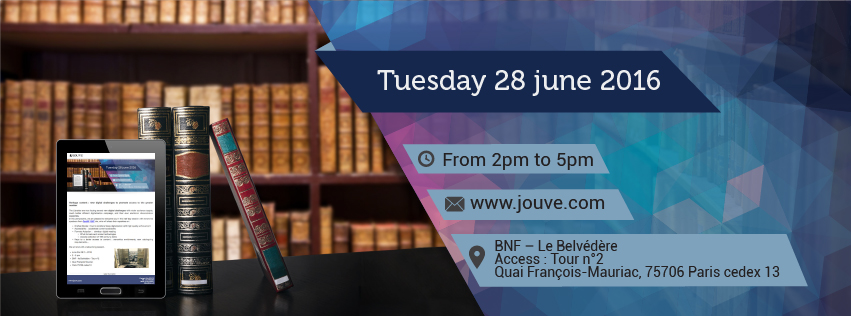
Digital content is in no comparison stronger to analog when it comes to reaching wider grounds and larger audiences. Come and discover how new digitization techniques improve the original works preservation and distribution.
Experts from FeniXX, BnF (French National Library), EDRLab and Jouve will share useful insights from their ongoing projects.
- Introduction:
- Mr Bruno Delorme – VP international organizations – Jouve
- Unavailable Books of the XXth century: how to combine mass digitalization with high quality achievement?
- Mr Regis Habert – Director – FeniXX
The « unavailable books of the XXth century » is the largest worldwide project of mass digitization of books in a structured format (XML – ePub).
FeniXX is the company created by the French publishers to operate the project; its objective is to digitize 200.000 books over a nine year period.
The presentation will address how FeniXX and its digitization partner Jouve have managed the numerous challenges encountered while setting up the project. It will also describe the methods and processes applied to ensure that the quality level required for this production will be reached.
- Accessibility, Format Adoption, Epub Format: Pragmatic accessibility in digital publishing
- Mr Daniel Weck – Software Engineer – Affiliations: EDRLab – DAISY – Readium
The EPUB3 format is an industry standard for digital publications. There are still interoperability challenges, and the accessibility bar must be raised. In addition to “good practice” content production guidelines, a formal definition of a11y conformance is emerging, alongside recommended authoring techniques, as well as software validation tools. Mainstream reading systems are improving too. Is the dream of an inclusive publishing ecosystem being realized?
- Ebook collections of the 19th century
- Caroline Kageneck – Corporate accounts – BnF Partenariats
Two exemples of ongoing services (internet websites) for the Libraries to give their Patrons access to selected parts of the BnF collections:
– Bnfcollection ebooks (key point) and music
– Retronews (Heritage Press Collections)
- Keys to a better access to content
- Etienne Vazolerretto – Product Director – Jouve
Key Metrics and facts to help size projects and find the best approach allying quality and productivity for digitization programs. Also, answers on colorimetry, image optimisation techniques and the best methods for efficiently searchable content.
We will end with a networking session.
LIMITED SEAT AVAILABLE, REGISTER NOW.
June 28th 2016, from 2pm to 5 pm.
At the French National Library: BnF, Room “le Belvédère” – Tour des Lois, Quai François Mauriac, 75013 Paris.



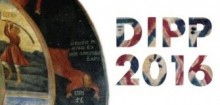

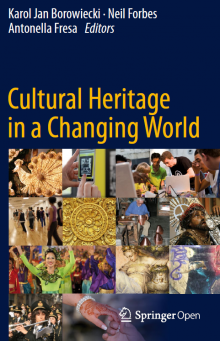
 Developed within the
Developed within the 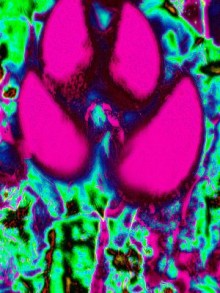
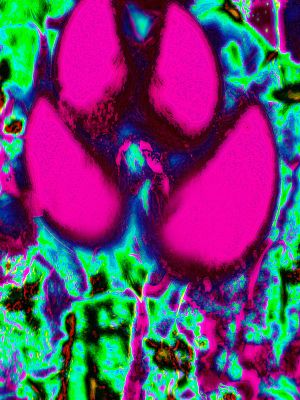
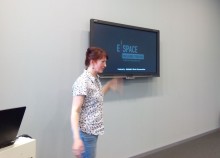






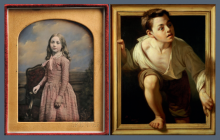
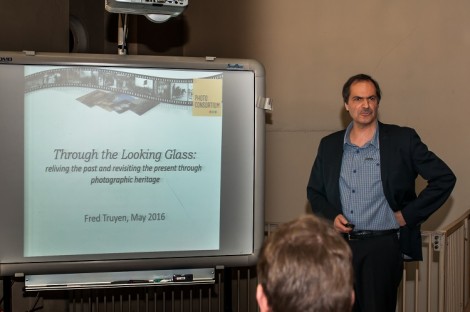
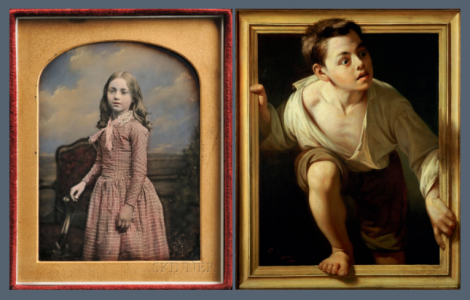

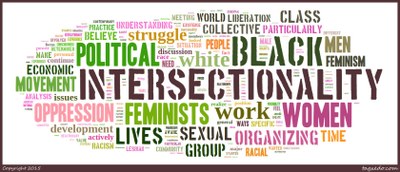

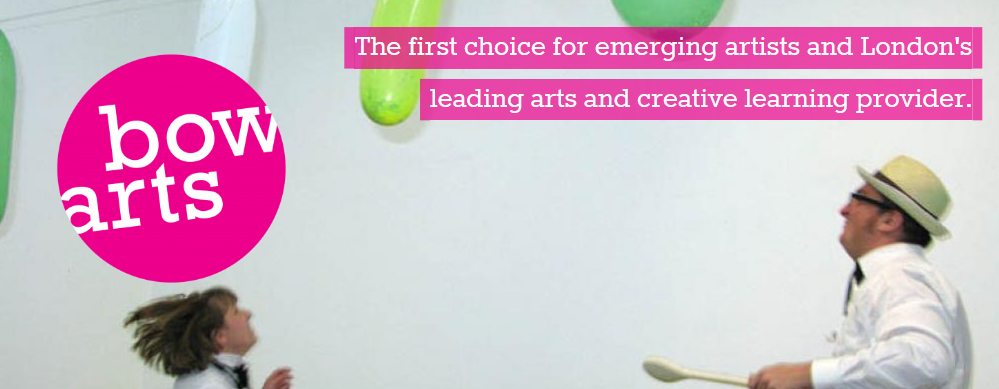
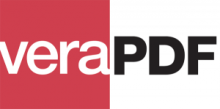
 If you have interesting news and events to point out in the field of digital cultural heritage, we are waiting for your contribution.
If you have interesting news and events to point out in the field of digital cultural heritage, we are waiting for your contribution.







































